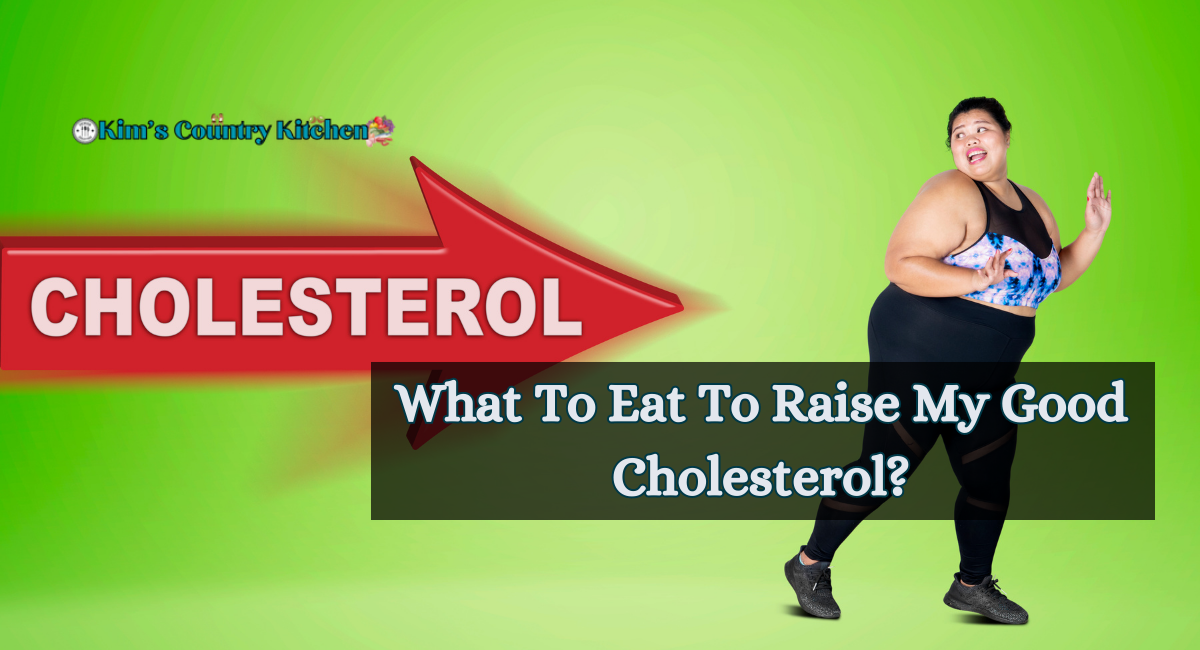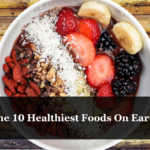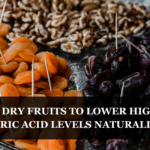High-density lipoprotein (HDL), the “good” cholesterol, can be increased by heart-healthy nutrients, which are believed to protect against disease. They can also reduce low-density lipoprotein (LDL) cholesterol, or “bad” cholesterol, thereby protecting you effectively from heart disease and stroke. This article discusses what foods I should consume to elevate my good cholesterol.
What’s HDL Cholesterol?
HDL is a form of cholesterol that protects against cardiovascular disease. It transports undesirable cholesterol away from the arteries and into the liver. There, it can be decomposed and eliminated from the body.
When your HDL level is elevated, your heart disease and heart attack risk is reduced. This corresponds to approximately 60 milligrams per deciliter (mg/dL) or more. When HDL levels are insufficient, heart disease and heart attack risk increases. This is less than 50 mg/dl for women, and for men, it is less than 40 mg/dl.
How Diet Affects Cholesterol?
Certain foods contain lipids that are detrimental to cholesterol levels and should be avoided. This includes fried foods, processed foods containing partially hydrogenated oils, and processed meats like bacon. These fats increase LDL, or “bad” cholesterol, and cause arterial plaque formation.
HDL cholesterol is called “good” because it moves “bad” LDL cholesterol away from the walls of arteries. By increasing HDL and decreasing LDL, particular foods can help enhance your health.
What Can I Consume To Raise Cholesterol?
Here are some food which raise good cholesterol:
1. Avocado
Many avocados have monounsaturated fatty acids, a healthy type of fat that raises HDL and drops LDL. In a study from 2015, people who ate one avocado every day and had a moderate-fat diet had 13.5 mg/dL less LDL (bad) cholesterol.
When participants ingested an avocado daily, several other blood parameters also improved. Included were:
How Much Cholesterol Does An Avocado Contain?
No cholesterol is present in avocados. Hass avocados are rich in fiber, potassium, magnesium, vitamins A, E, and K, and abundant “good” monounsaturated fatty acids. Avocados are thought to benefit cardiovascular health.
2. Seeds And Nuts
Nuts and grains are beneficial for cardiovascular health. Nuts are rich in heart-healthy unsaturated lipids and fiber, which help keep cholesterol levels under control. Omega-3 fatty acids are abundant in chia seeds, contributing to their HDL-boosting properties. To receive the benefits of nuts, sprinkle pumpkin seeds on your salad, walnuts on your oats, or make a delicious pecan-almond butter.
3. Fruits and vegetables
Increasing your fiber consumption is a great way to improve cholesterol levels, and berries are among the highest-fiber fruits. Combining antioxidants and fiber in berries like raspberries and blueberries helps keep LDL cholesterol in control while increasing the HDL cholesterol ratio. Moreover, consuming berries is a delicious method to consume more fruit. Add them to yogurt parfaits or smoothies, or sprinkle them on salads for a sweet flavor enhancement.
4. Soy
Not only vegetarians consume soy-based products. Including this food in your diet is an excellent way to decrease meat consumption and cholesterol levels. When individuals consume less meat, their LDL and HDL levels will likely decrease and increase.
5. Edamame
A delicious aperitif is steamed, unsalted edamame. This edamame spread is a healthier option for a gathering or party dip.
6. Chia Seeds
Chia seeds are rich in omega-3 plant-based fatty acids, fiber, and other beneficial nutrients. Incorporating chia seeds into your diet may reduce LDL levels and blood pressure.
Similar to flaxseeds, chia seeds are delicious when added to cereal, oatmeal, condiments, salads, yogurt, or smoothies.
However, unlike flaxseeds, chia seeds can become somewhat slimy when moist. If this is a problem for you, promptly consume chia seeds or try substituting them for eggs in baked goods.
Chia seeds can be found in various grocery store foods due to their increasing popularity.
7. Oil Olive
Olive oil is vital to the Mediterranean diet for good reason. It is loaded with the anti-inflammatory compound oleic acid, which can help increase HDL cholesterol levels and reduce the risk of heart disease. In addition, research indicates that the compound elenolide, found in olive oils, particularly those of high quality, helps prevent excessive blood pressure and reduces the risk of stroke and heart disease. Use olive oil for cooking, drizzling on dishes, salad dressings, or marinating bread.
8. Salmon
Salmon is chock-full of omega-3 fatty acids that benefit the heart. Omega-3 fatty acids help increase the HDL cholesterol in your blood, to reduce risk of developing heart disease. Try our delectable Honey-Garlic Salmon and Salmon with Sun-Dried Tomato Cream Sauce to improve your cholesterol levels. Besides walnuts, chia seeds, and canola oil, there are numerous vegan sources of omega-3s if you do not like salmon.
9. Flaxseed
Flaxseed meal and flaxseed oil also have omega-3 fatty acids. Many vegans use flaxseed as a source of omega-3 fatty acids because it is one of the best plant-based sources of this healthy fat for the heart.
Ensure you purchase a flaxseed meal. The body has a difficult time breaking down whole flaxseeds. This indicates that they pass through the body essentially undamaged and never leave behind any of their nutrients.
Ground flaxseed can be added to cereal, oatmeal, soups, dips, yogurt, and baked goods. In salad preparations or smoothies, flaxseed oil is a welcome addition.
10. Organic Cereals
Whole grains, including fiber, cereals, and brown or wild rice, may reduce LDL and total cholesterol. In turn, this increases your HDL levels by a certain percentage. This is due to the presence of fiber, notably soluble fiber, which has been demonstrated to reduce LDL cholesterol levels.
Consume at least two servings of whole grains per day. Breakfast might be as simple as a warm bowl of oats, lunch could be 100 percent whole grain bread, and dinner could be a side of brown rice.
11. Fruit Rich In Fiber
Eating fruits with a high fiber content, such as prunes, apples, and pears, can help reduce overall cholesterol levels.
Slice them and add them to cereal or oatmeal, or put them in the blender to make a delicious smoothie. As a midafternoon nibble or after-dinner dessert, they’re equally delicious without any toppings.
Behavioral Strategies To Lower Cholesterol
Eating the correct foods can help reduce your bad cholesterol and increase your good cholesterol, but it’s not the only thing you can do to reach your desired cholesterol levels. Here are some additional measures to consider:
Physical Activity
Physical activity daily is essential for your overall health and can even increase your HDL. Adults should engage in at least 150 minutes of moderate physical exercise every week, according to the Centers for Disease Control and Prevention (CDC).
Weight Reduction
Changing your diet and boosting your physical activity level can assist you in reaching and maintaining your optimum weight. In some cases, losing excess weight can help increase HDL levels and decrease LDL levels.
Examine Your Genes
Maintaining healthy cholesterol levels can fluctuate despite your best efforts on occasion. Genetics can affect cholesterol levels, so consult your physician about your risks and how to mitigate them.
Maintain Your Digestive Health.
New research demonstrates that gastrointestinal flora or microbiome affects cholesterol levels and heart disease risk. Including probiotic-rich foods, such as yogurt and fermented foods, in your daily diet can be advantageous.
Thanks for visiting our site hope you like it ..







